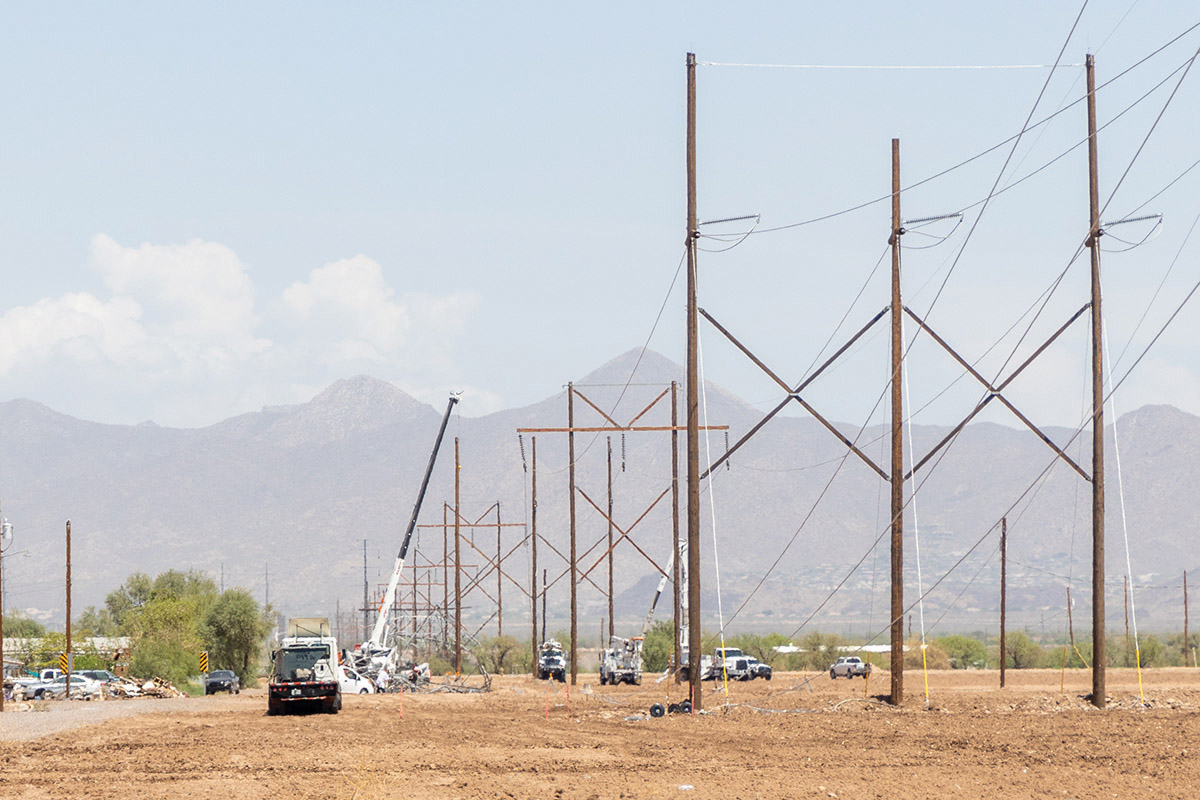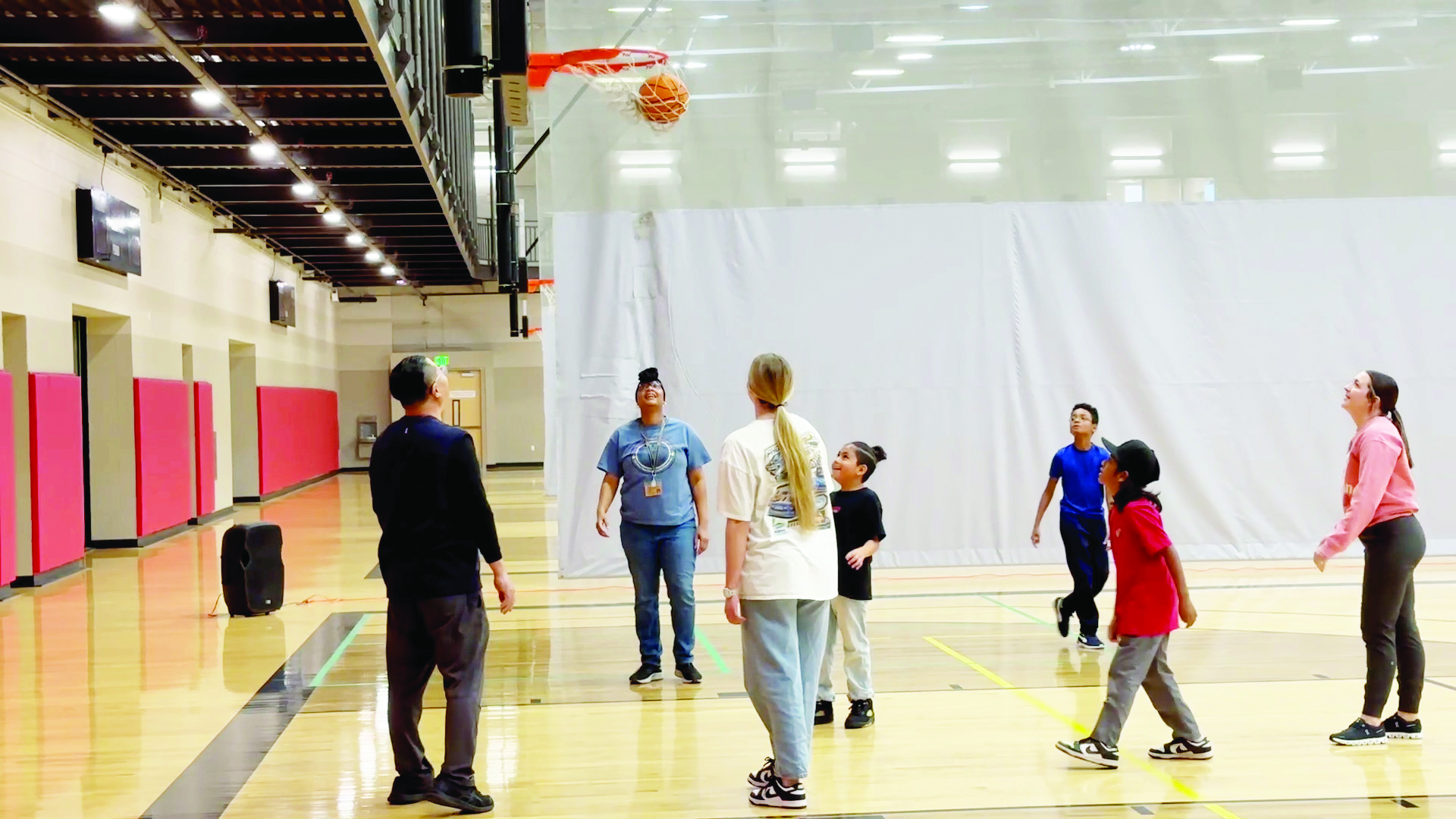VIEWS: 456
July 2, 2024SRPMIC Hosts ACEs Webinar on Childhood Trauma
“Imagine a glass of water,” began Annamari Hogan, LPC, of the Salt River Pima-Maricopa Indian Community Health and Human Services Department during her May 21 webinar presentation titled “Understanding ACEs and the Impacts of Childhood Trauma.”
The webinar educated attendees about the ACEs questionnaire (Adverse Childhood Experiences), a tool that was established in 1995 to help identify traumatic situations which can alter a person’s perception and well-being as they enter adulthood.
SRPMIC Health Educator Melanie Nosie hosted the webinar, while Hogan served as the guest speaker. The audience of more than 100 was composed of SRPMIC members, staff and distinguished guests.
Back to that glass of water. “Our goal is to keep our cup from overflowing. When people experience childhood, historical, intergenerational or racial traumas, they wake up with water in their cup already. The more traumas that happen to them, the less room they have in their cup. This results in them spending more time in those extreme windows of fight or flight,” Hogan explained.
The ACEs questionnaire has five main categories: emotional/physical/sexual abuse, emotional/physical neglect, witnessing a mother being treated violently, losing a parent to separation/divorce, and living with someone who abused drugs/alcohol.
“The ACEs questionnaire is not an official diagnostic tool. It’s only meant to be an aid to correlate medical conditions and experiences,” said Hogan. She also made it a point to clarify that adverse childhood experiences is not only a family issue; it is a public health crisis.
Hogan noted that each person responds to trauma differently, and it’s important to always be mindful of when individuals are unable to process their individual traumas.
“When military folks return from service, they have wounds from the trauma they’ve experienced [while in service], yet they can be okay [upon returning home],” Hogan said. “Meanwhile, other people may struggle to re-integrate [into their family and community] upon their return home. Everybody experiences trauma differently.”
Hogan continued to highlight how the ACEs questionnaire can shed light when an individual chooses to not communicate regarding their troubles.
“The higher the ACEs score, the narrower [that person’s] window of tolerance is. The goal is to widen that window of tolerance and to expand our ability to be mindful more often,” she said. “We have to recognize how full is our glass,” she added.
Hogan informed the class that two out of every three adults have at least one ACE, and if any ACE is present, there is an 87% chance that least one other ACE is present. ACEs are not experienced equally among different races and ethnicities.
She stated, “The more toxic the stress, the more it can negatively affect them—can being the operative word, because it differs by person.”
Dustin Largo, teacher mentor with Salt River Schools, then discussed in the webinar chat how the COVID-19 pandemic has impacted the current youth in how they communicate and socialize with their classmates and teachers. Largo also mentioned the effects of how the virus uprooted families and schools and how it’s imperative that we continue to support one another.
“Trauma exists, and trauma responses happen,” said Hogan. “We must become trauma responsive. That must be our goal.”







